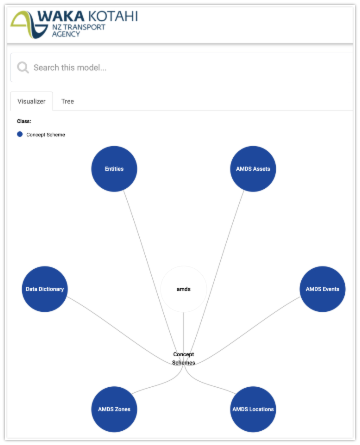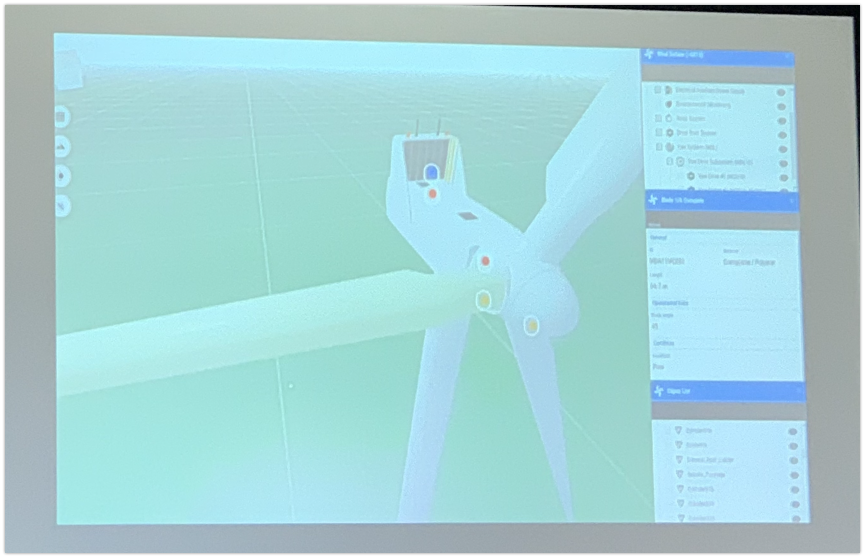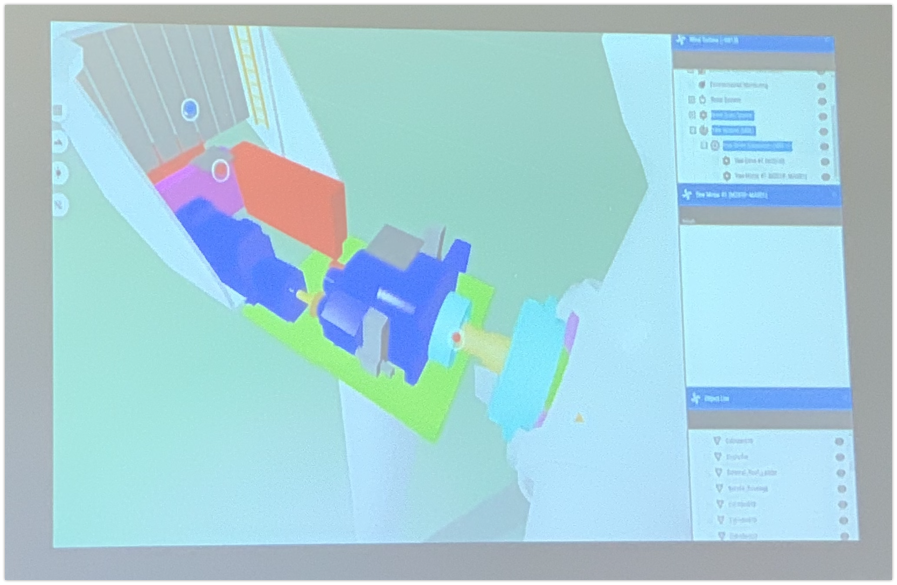Five compelling new things coming to RAMM in 2021
Tuesday March 9th saw the return of the Road Infrastructure Management Forum (RIMS). Unfortunately the 2020 event was cancelled due to COVID, so this was the first RIMS event in two years.
thinkproject was the platinum sponser of the event. And they certainly didn't disappoint in the news department, dropping some very interesting info about some upcoming RAMM developments.
So lets take a quick look at five compelling new things coming to RAMM this year.
1. iOS and Android support
Yes you read that right. Finally, there will be RAMM apps coming to the iOS and Android platforms....which is super exciting.
Details of what functionality these apps will actually have was pretty scarce. So its not clear if there will be feature equivalency to 'Pocket RAMM' out of the gate.
A logo on a phone in lieu of any actual product images!
Note: this isn’t an official image from thinkproject.
However hopefully this will mean the days are gone, where the plethora of iOS and Android devices already out in the industry are effectively ignored. And this should at least be the first step towards opening up a whole new world of mobile work opportunities for those users who typically didn’t have access to windows tablets.
2. More robust network functionality
There is new network functionality coming to improve support for the non-road things you are doing. Rail, cycleways, parks, buildings, three waters - these will all be manageable as distinct network types.
It will be very interesting to see how this is implemented alongside the traditional roading network.
Are network segments in these other network types just 'roads' (with some sort of network type classification attribute(s))? Or is this a whole new take on networks altogether?
How will the spatial component of these networks be baked into this new functionality?
Certainly one to watch out for.
3. AMDS tools
The Asset Management Data Standard (AMDS) is an in-development initiative by the Road Efficiency Group and Waka Kotahi NZ Transport Agency. The purpose is to create a common and consistent data standard for New Zealand's land transport infrastructure assets.
Note: there will be an upcoming post here on the TalkData blog, going into more details of the AMDS.
It was mentioned at RIMS there will be some new RAMM functionality coming mid-year to help with supporting the AMDS rollout.
The AMDS data model visualiser
For a long time, the standard RAMM tables have created a quasi/defacto data standard for many of NZ's land transport assets, given the ubiquitous nature of the RAMM around the country. So it makes a lot of sense to leverage the RAMM platform to facilitate the data standard rollout.
RAMM will also presumably be the primary tool for many to perform data transformations to align with the AMDS. So likewise this could be a really good move to help minimise 'change friction' with adopting the standard.
4. Better change management and data versioning
There was a quick preview given of the new change management and data versioning functionality that is coming to the RAMM platform.
The normal audit fields (think the likes of changed on and changed by) have had the limitation of not describing what really happened with the data. And the background audit table is not necessarily readily accessible or intuitive for most tables.
This new change management functionality will flip this situation on its head. Its going to be more like:
'Person X changed the material type of this specific footpath record from AC to Concrete on the 29 March'
instead of.....
' Person X did something to this footpath record on the 29th of March.'
There will also be a new user defined table 'type' classification attribute - which will introduce a ‘processing’ table type. Defining a table with this type will basically turn off the audit tracking on that table. This will be useful for situations such as a table that is solely compiled and populated by SQL-driven workflows.
5. Interactive 3D assets
There is 3D support for assets coming to RAMM. This includes an interactive view of the assets in a 3D environment, object lists and work management support.
Excuse the poor quality images below, but these are a couple of photos snagged from the conference floor (yes I was a very decent distance away from the screen).
These tools will support integrations with Blender, SketchUp and CAD files. Sounds like a very exciting development.
That wraps up this list of five compelling things coming to RAMM this year.
2021 is definitely shaping up to be a bumper year for new RAMM features. The five things in this blog post are already on top of the RAMM feature you have always (probably) wanted, which is also on its way.
So keep your eyes peeled here for more infomation when these new features are released!




